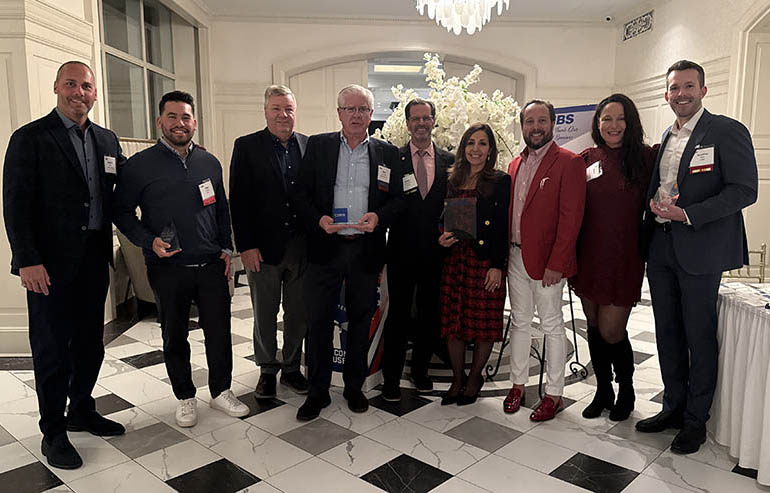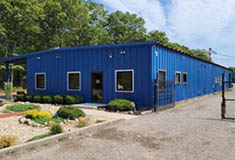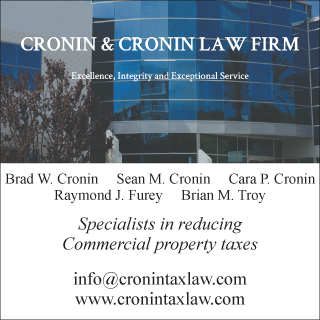New York is still a “buyer beware” state when it comes to environmental impacts - by Chuck Merritt
A few years back, I wrote an article how New York State does not require the owner of a contaminated property to disclose that information to a potential buyer. New Jersey and Connecticut have laws that prevent this scenario from occurring when transferring commercial real estate. Recently, I was brought into a transaction that highlights how such a thing can happen in the Empire State. A lender was approached by a property owner trying to procure a commercial real estate loan on their property that previously housed a gasoline station. The buried tanks had leaked in the 1980s and impacted the soil and groundwater at the site as well as the adjacent properties. The lender was trying to understand the dynamics of the contamination, how far it migrated and how costly the remediation would be. I was asked to help provide some expertise in obtaining this information.
The trail began at a spill number that had been issued by the New York State Department of Environmental Conservation (NYSDEC) which was provided to us by the lender. We were then able to find out the company that had been hired to investigate the impact. Typically, these are documents that a private entity would have and make available when a lender inquiries about such reports. The lender would either review them internally or forward to a consultant trusted for that expertise. In this instance the client was the NYSDEC and the potential borrower did not have any information to provide. I was able to track down the firm that the NYSDEC had retained and spent some time on the phone with that consultant, I could not garner too much information and the consultant deferred me to the case manager at the NYSDEC who was overseeing the spill event. After a few days of missed calls, I was able to speak with the case manager. He understood my role in assisting the lender who had hired me. He gave me some perspective of the events that had occurred over the past few years based on the investigations conducted on behalf of his agency. I then asked him who the responsible party (RP) was. The RP is typically the person or entity that caused the contamination and held accountable to pay for the remediation. The answer that I received was somewhat vague. The gasoline station was the initial RP but they were no longer in business so recouping any money from them was going to be pretty difficult. Therefore as the case manager explained, “we are looking at the property owner for potential restoration of funds deployed by NYSDEC.”
New York State has a strict liability law when it comes to an environmental impact which places the burden for remediation on the property owner. It is incumbent upon that property owner to pursue tenants past and present that may have caused contamination to their property. After bearing out all the information, I was able to determine that the site will need several years of remediation at both properties and the monetary cost could not be estimated with any degree of accuracy so the lender decided not to proceed forward with the transaction.
What I also learned in my conversation with the case manager was the property owner they are looking at for possible reimbursement, did not conduct any due diligence when he purchased the site. He was therefore unaware of the open spill file regarding the former gas tanks that had leaked into the soil and groundwater
While lenders have many tools to assist them in mitigating environmental risks, purchasers need to obtain a phase one Environmental Site Assessment (ESA) prepared in accordance with the ASTM E-1527-13 standards which meets the definition of the All Appropriate Inquiry (AAI) rule. In this case had the buyer of the property engaged a qualified firm to prepare an ESA on their behalf, they would have known about the spill, had an opportunity to request conducting additional investigation, or passed buying the property.
Chuck Merritt is a LEED AP and the president of Merritt Environmental Consulting Corp., Hauppauge, N.Y.
Suffolk County IDA supports expansion of A&Z Pharmaceuticals


The evolving relationship of environmental consultants and the lending community - by Chuck Merritt
When Environmental Site Assessments (ESA) were first part of commercial real estate risk management, it was the lenders driving this requirement. When a borrower wanted a loan on a property, banks would utilize a list of “Approved Consultants” to order the report on both refinances and purchases.










.jpg)